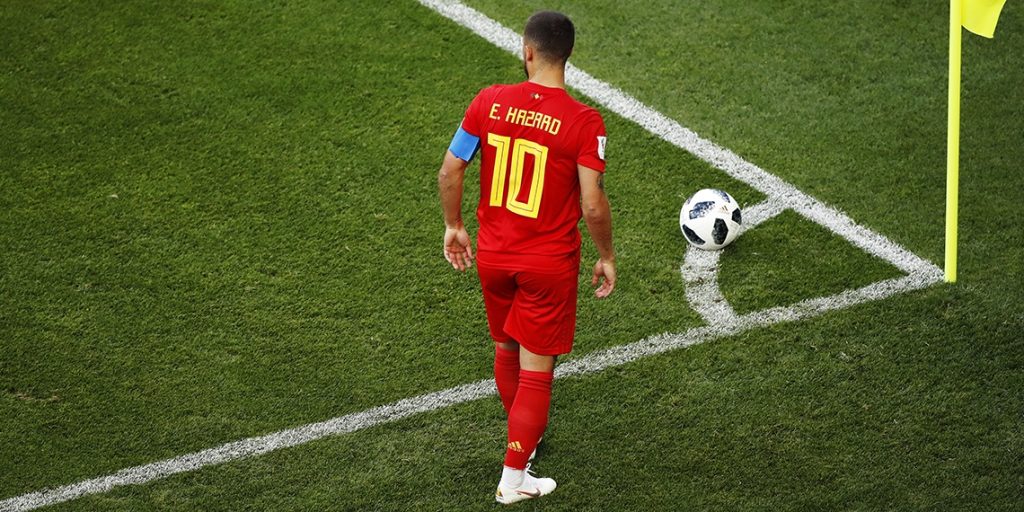Set-pieces are both under- and overrated in several ways. Some coaches & teams tend to overvalue them, focusing on them too much, whilst there are probably significantly more cases, where they don’t even work on this aspect of the game with their teams. Although there are more interests, articles towards the set-pieces, that show the increasing importance and complexity of a well-executed routine and strategy.

Statistics
There are some important statistics to consider, whilst designing the routines . These can offer some guidelines, in order to create the different setups:
- Scoring from set-pieces is more likely than from possession (1,8% › 1,1%)
- Scoring from a corner is more likely than from a free-kick (2,1% › 1,1%)
- More likely to score from inswinging corners than outswinging (2,7% › 2,2%)
- More likely to score from a 2nd ball than from a shot from corners (2,5% › 2,0%)
- Teams with player(s) at both posts concede the most goals (2,7%)
Corners
Offensive Corners – Distribution
A key thing to look at is the distribution: how many players to arrive, how many players to move out for a possible short-corner (variation), how many players to occupy the rebound zone (edge of the box), or how many players to stay at the back. First and foremost it’s heavily dependent on the oppositional setup as well. For instance, if the defensive side pushes 1-2 players up to the halfway line for a corner, you have to adjust to that by having players deep, although this is something you can manipulate well.
Unlike the average view, the defensive side can only adjust to the opponent’s system, positioning, as if the attacking team decides to put 6 players into the box, the defending team simply can’t react to it by leaving 3 players at the halfway line. Or if they do, then you can exploit their deficient positioning inside the box/rebound zone. This also affects the number of arriving players, as it’s important to maintain the balance, which is a usual issue for the offensive team. For example a lot of teams tend to put a higher emphasis to put more players into the box, whilst neglecting the rebound zone, and only covering it with 1 player.

As it has been mentioned here previously the transition phase after as set-piece is a very important factor to consider, to have more stable phases (both with or without the ball) after the 1st touch of a set-piece -might be called as a recuperation-phase. Therefore it’s very often that teams occupy the edge of the box with 3 players to cover the 3 central zones for the possible rebound.

